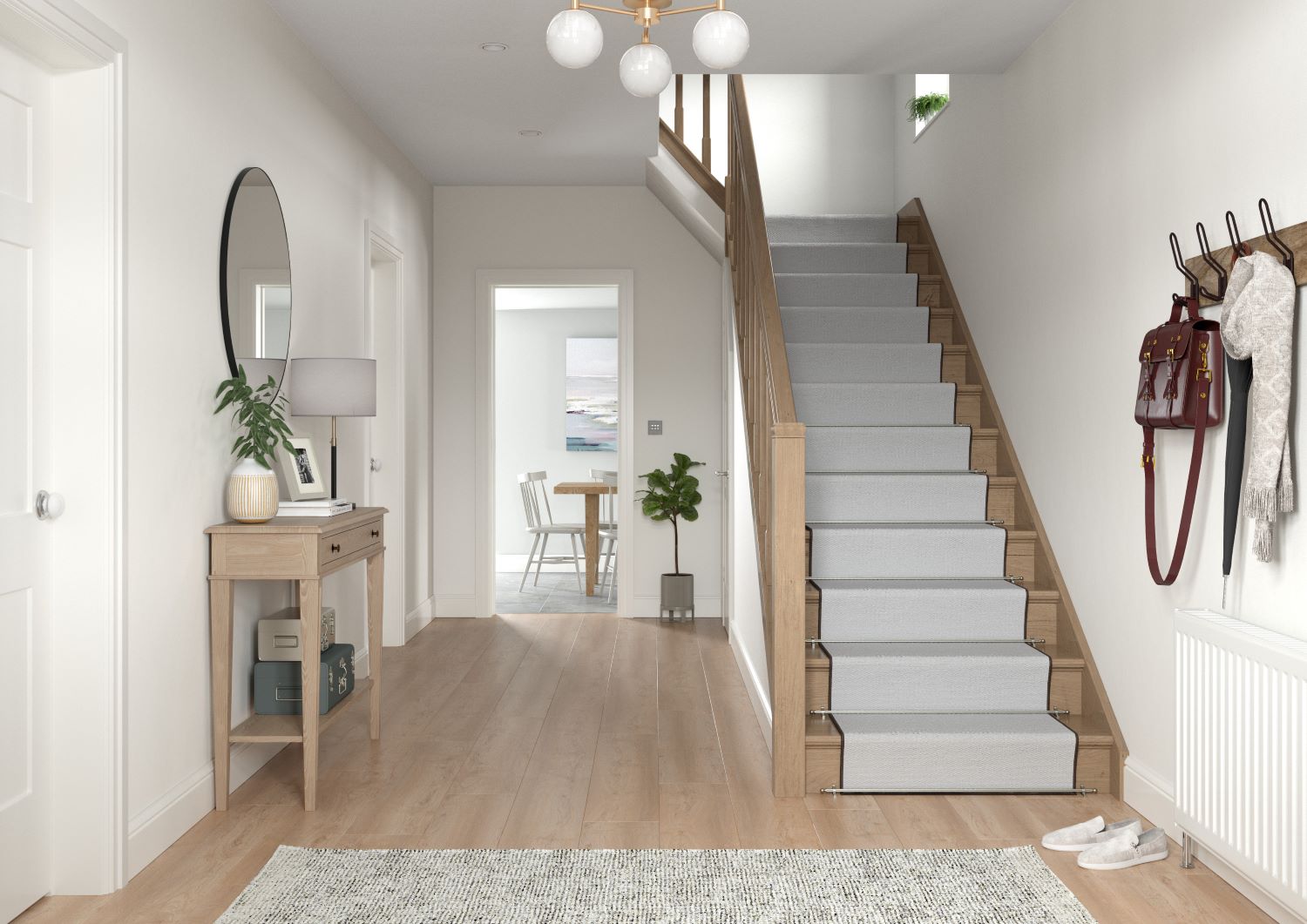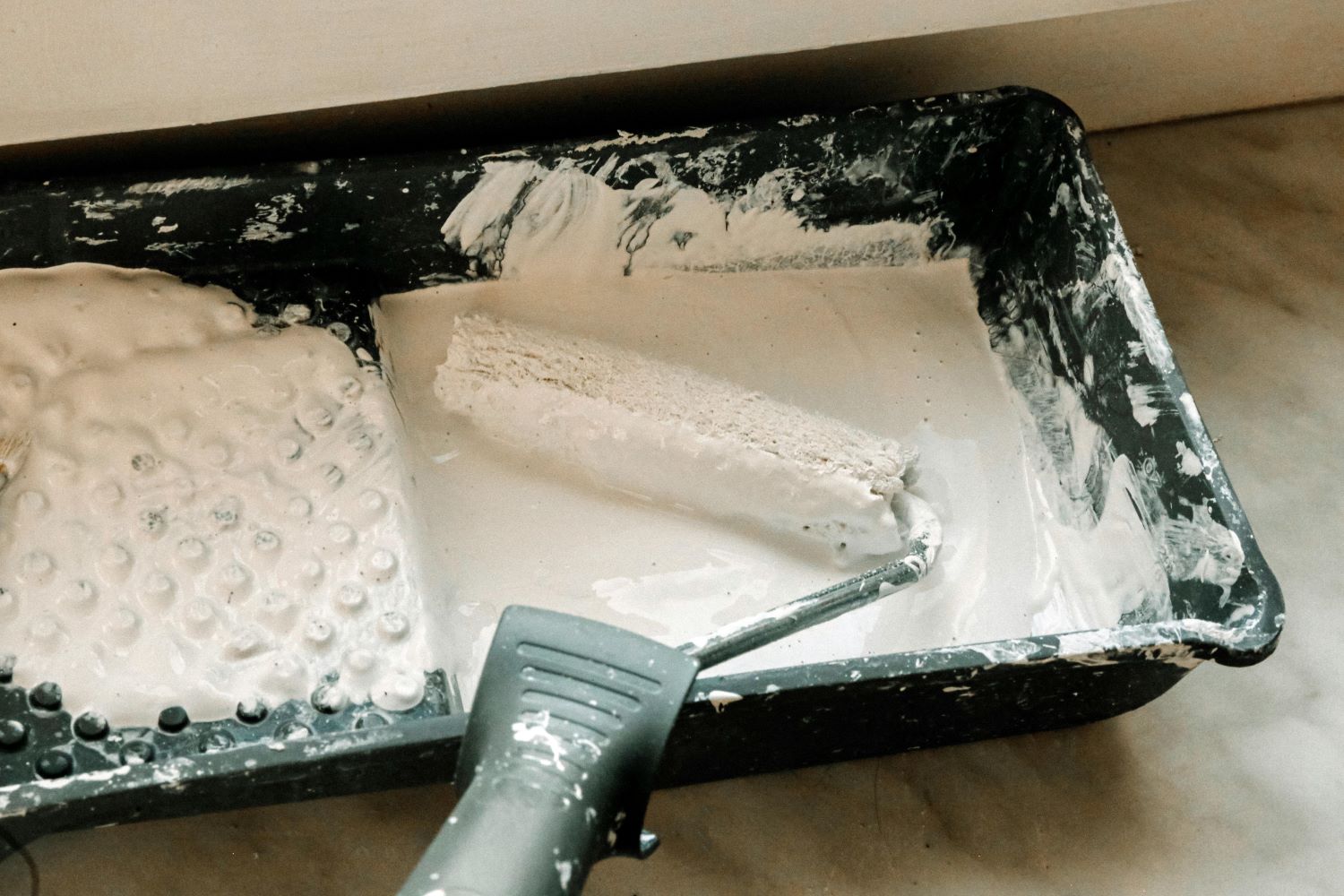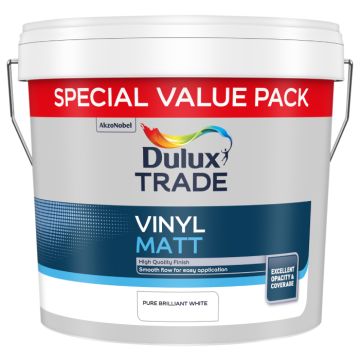
Your Guide to Painting Walls and Ceilings Like a Pro
Painting walls and ceilings can completely transform your space, giving it a polished and professional look. Whether you’re a DIY enthusiast or within the trade, this guide will help you achieve flawless results with the right techniques and tools.
What Makes Painting Walls and Ceilings a Challenge?
While painting walls and ceilings might seem simple, achieving a professional-quality finish requires preparation, skill, and the right products. Here are some common challenges and how to overcome them:
- Uneven surfaces: Ceilings and walls with imperfections need proper preparation to ensure smooth results.
- Streak-free finishes: Roller marks on ceilings are a common problem for many painters.
- Choosing the right paint: Specific areas, such as high-traffic or damp rooms, require paints designed for durability and performance.
This guide will walk you through tips and tools to make painting easier, using high-quality popular products like Dulux Trade Vinyl Matt and Tikkurila Anti Reflex 2 White.

The Correct Order to Paint a Room
Following the right order ensures a clean, efficient process and a professional-looking finish:
- Start with the Ceiling: Painting the ceiling first prevents drips from spoiling freshly painted walls.
- Move to the Walls: Use a roller for large areas and a brush to cut in around edges and corners.
- Paint Trims and Woodwork: Skirting boards, door frames, and window sills should be painted last to avoid smudging.
- Finish with the Floor (if applicable): If painting a floor, leave this step until all other surfaces are complete.
Think of painting as layering: starting at the top ensures no drips or smudges ruin your finish.
Expert Tips for Painting Walls and Ceilings Like a Pro
Here are key tips to help you achieve professional results when painting walls and ceilings:
1. Preparation is Key
- Clean walls and ceilings to remove dust, grease, or stains.
- Fill cracks or holes and sand uneven areas for a smooth surface.
- Apply primer to create an even base, especially on dark or porous surfaces. Zinsser Bulls Eye 1-2-3 Primer is a great option for tricky surfaces.
2. Choosing the Right Tools
- Use a long-pile roller for ceilings and a medium-pile roller for walls to ensure efficient coverage.
- Angled brushes are ideal for precise work around edges, trims, and corners.
- Invest in quality tools to reduce splatter and achieve even application. Paint sprayers are also a good choice for larger surfaces.
3. Techniques for a Flawless Finish
- Paint in natural light to easily spot missed areas.
- Use a “W” or “M” motion with the roller for even coverage without streaks.
- Apply consistent pressure to avoid roller marks, especially on ceilings.

Product Recommendations for Walls and Ceilings
Choosing the right paint ensures durability and a high-quality finish. Here are our top recommendations:
Dulux Trade Vinyl Matt
- Smooth, even finish with excellent durability. Perfect for living rooms, bedrooms, and high-traffic areas.
- Low sheen, easy to clean, and available in a wide range of colours.
Tikkurila Anti Reflex 2 White
- Specially designed for ceilings, reducing glare and hiding imperfections.
- Provides an ultra-smooth matte finish for a seamless and professional look.
Leyland Trade Vinyl Matt
- Cost-effective paint with excellent coverage, ideal for large projects or budget-conscious decorators.
- Durable, easy to apply, and suitable for both walls and ceilings.
Johnstone’s Trade Covaplus Vinyl Matt
- Premium water-based paint offering outstanding opacity.
- Great for creating a flawless finish on walls and ceilings with minimal effort.
FAQs – Painting Walls and Ceilings
Q: What is the best type of paint for ceilings?
A: Matte paints like Tikkurila Anti Reflex 2 White are ideal as they minimise glare and hide imperfections.
Q: Can I use the same paint for walls and ceilings?
A: While some paints work for both, products like anti-reflective paints are best for ceilings.
Q: How can I prevent roller marks?
A: Use a high-quality roller, apply consistent pressure, and avoid overloading the roller with paint.
Q: Should I use a primer on walls and ceilings?
A: Primer is essential for dark, porous, or stained surfaces to ensure an even and durable finish. Try Zinsser Bulls Eye 1-2-3 Primer for exceptional results.
Q: How many coats of paint should I apply?
A: Typically, two coats are recommended for optimal coverage and colour consistency.
Conclusion
Painting walls and ceilings like a pro is achievable with the right preparation, tools, and techniques. Follow the tips in this guide, and you’ll create a flawless finish in your space. Visit PaintWell.co.uk to explore our range of paints and tools for your next project!


